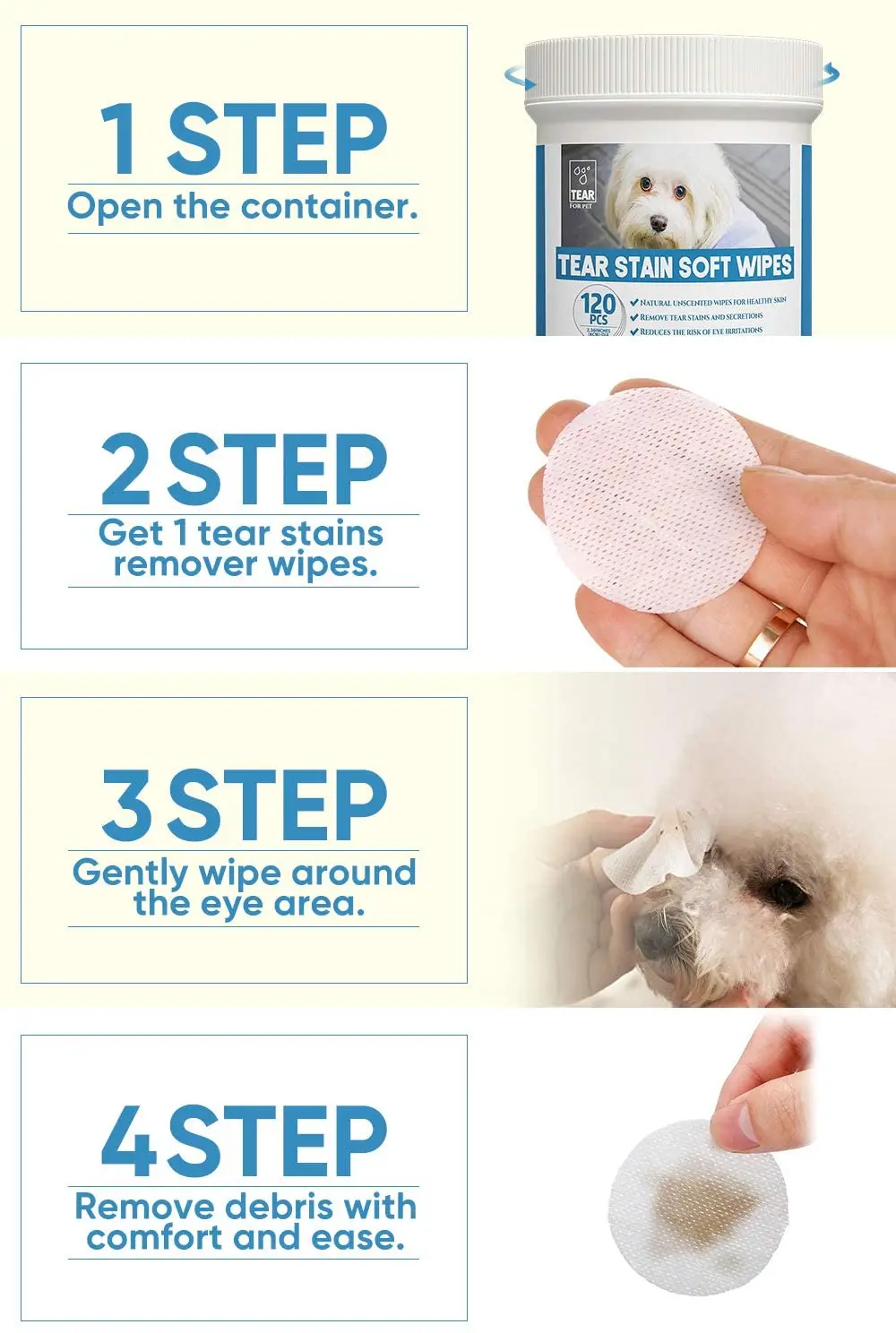What Material is PET? Discover the Secrets Behind This Versatile Plastic
Guide or Summary:What Material is PET?The Composition of PETApplications of PETEnvironmental Impact and RecyclingBenefits of Using PETWhat Material is PET?P……
Guide or Summary:
- What Material is PET?
- The Composition of PET
- Applications of PET
- Environmental Impact and Recycling
- Benefits of Using PET
What Material is PET?
Polyethylene Terephthalate, commonly known as PET, is a type of plastic that has gained immense popularity in various industries due to its unique properties and versatility. Understanding what material is PET is crucial for anyone interested in sustainability, packaging, textiles, and recycling. PET is a thermoplastic polymer that belongs to the polyester family, and it is primarily produced from two monomers: ethylene glycol and terephthalic acid. This combination results in a strong, lightweight material that is resistant to impact and moisture, making it ideal for a wide range of applications.

The Composition of PET
To truly grasp what material is PET, one must delve into its chemical composition. The polymerization process transforms ethylene glycol and terephthalic acid into long chains of PET, which can be molded into various shapes and forms. The resulting material is not only durable but also exhibits excellent clarity and gloss, which is why it is often used for manufacturing bottles, containers, and films. PET can be recycled multiple times without significant degradation of its properties, making it an environmentally friendly choice compared to other plastics.
Applications of PET
When exploring what material is PET, it’s essential to highlight its diverse applications. The most common use of PET is in the production of beverage bottles. Its lightweight nature and ability to withstand pressure make it the preferred choice for carbonated drinks. Additionally, PET is used in food packaging, where its barrier properties help to preserve freshness and extend shelf life. Beyond packaging, PET fibers are widely used in the textile industry to create clothing, carpets, and upholstery, showcasing the material’s versatility.

Environmental Impact and Recycling
Understanding what material is PET also involves examining its environmental implications. While PET is a plastic, it is one of the most widely recycled materials globally. The recycling process involves collecting used PET products, cleaning them, and then processing them into new products. This not only reduces waste but also conserves resources and energy. Many brands are now committed to using recycled PET (rPET) in their products, promoting a circular economy. However, it’s essential to ensure proper recycling practices to maximize the benefits of PET.
Benefits of Using PET
What material is PET? It’s not just about its composition; it’s about the benefits it offers. PET is lightweight, making it cost-effective for transportation. Its resistance to moisture and chemicals ensures that products remain safe and intact. Furthermore, PET has a high tensile strength, which means that it can withstand various stresses without breaking. These properties make it an ideal choice for manufacturers looking to create reliable and durable products.

In summary, understanding what material is PET is vital for anyone involved in industries that utilize plastics. Its unique properties, extensive applications, and recycling potential make it a standout choice among polymers. As we continue to seek sustainable solutions, PET remains a key player in the move towards more environmentally friendly packaging and materials. Whether you are a consumer, manufacturer, or environmental advocate, knowing the ins and outs of PET can empower you to make informed choices that benefit both your needs and the planet.